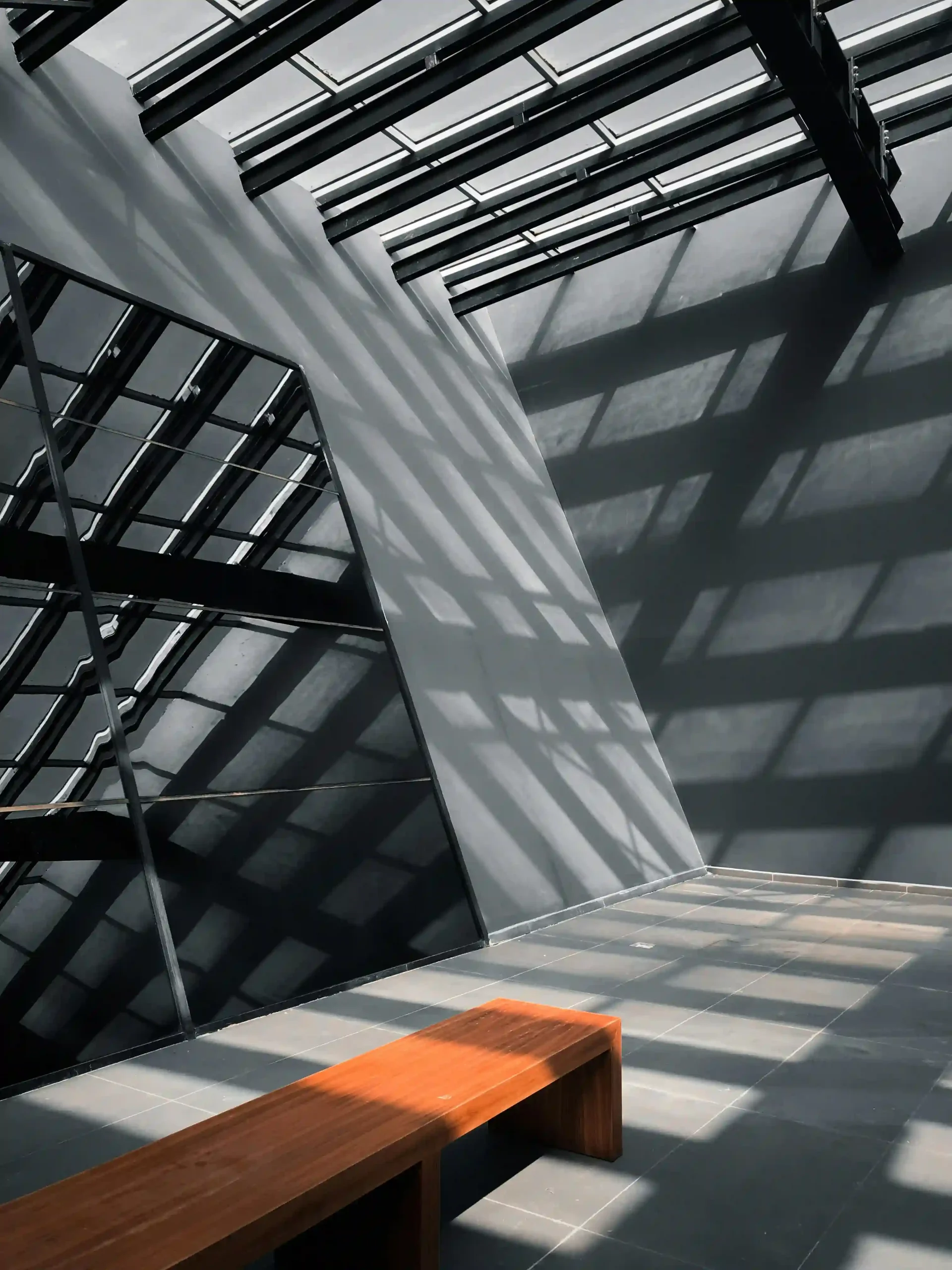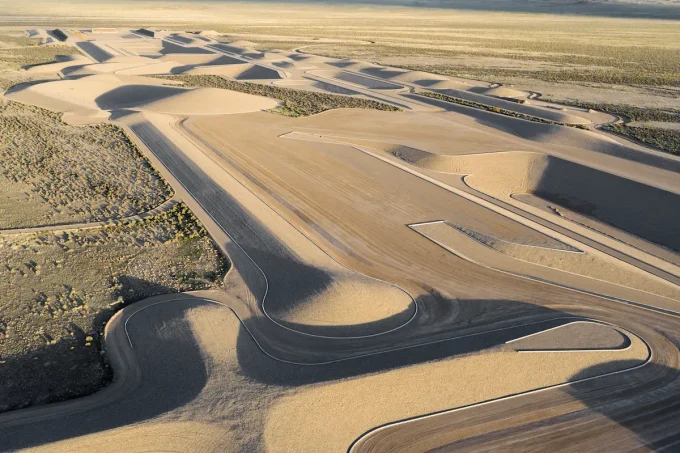Imagine a city where skyscrapers hum with energy, their glass skins drinking sunlight, their walls storing power like silent batteries – yet not a single solar panel or clunky storage unit disrupts the skyline.
This isn’t a distant utopia; it’s a future parametric design that is quietly scripting today. As architects and engineers grapple with the dual demands of aesthetics and sustainability, computational tools are weaving solar energy generation and battery storage into the very fabric of buildings, rendering them invisible to the eye but indispensable to the grid. This is the invisible grid: a marriage of form, function, and foresight.
At its core, parametric design thrives on adaptability. It’s a process where algorithms digest variables – sun angles, wind patterns, material strengths – and spit out solutions no human hand could sketch alone. Applied to renewable energy, this approach transforms buildings from passive shells into active ecosystems.
Take a high-rise’s facade: instead of bolting on solar panels like an afterthought, parametric workflows can embed thin-film photovoltaic cells into the glass itself. These transparent layers harvest sunlight while letting daylight filter through, their placement optimized by simulations that balance energy yield with thermal comfort. The result? A window that powers the elevators without screaming “solar.”
Parametric Tools and the Future of Solar and Battery Integration in Architecture
The magic lies in the numbers. Tools like Grasshopper or Dynamo churn through environmental data – hourly solar exposure, seasonal shifts, even urban shadows cast by neighboring towers – to pinpoint where energy harvesting fits best.
A south-facing wall might double as a solar collector; a roof’s curvature might cradle micro-batteries beneath its skin. This isn’t guesswork; it’s precision, sculpted by code. And as buildings grow taller and cities denser, such seamless integration becomes less a luxury and more a necessity.
Battery storage, too, sheds its bulky reputation in this parametric paradigm. Gone are the days of basement vaults stuffed with lead-acid bricks. Solid-state batteries – thin, flexible, and potent – can now be layered into structural elements.
Picture a concrete column infused with energy-storing cells, its composition tweaked by parametric models to handle both load and charge. Or consider a floor that flexes underfoot, its kinetic surfaces converting footsteps into electricity, stored in a substrate no thicker than a tile. These innovations aren’t science fiction; they’re emerging from labs and startups, waiting for architecture to catch up.

The beauty of this invisible grid is its subtlety. Traditional solar arrays and battery banks demand space and visibility – rooftop fields, sprawling warehouses – often clashing with a designer’s vision. Parametric design sidesteps this by asking: Where can energy hide? A curtain wall’s mullions might conceal wiring; a facade’s texture might mask solar strips.
The building becomes a chameleon, its energy systems blending into the aesthetic like veins in a leaf. This isn’t just practical – it’s philosophical. It reimagines architecture as a living system, self-sustaining yet unobtrusive, a partner to the planet rather than a parasite.
Speculative Synergy: A Glimpse into Tomorrow’s Self-Sustaining Towers
Emerging technologies fuel this shift. Transparent photovoltaics, already in prototype, turn windows into power plants. Phase-change materials, which store thermal energy, can line walls to regulate temperature while feeding excess heat to microgrids.
Even kinetic harvesting – think floors that charge from movement – is inching toward viability. Parametric design ties these threads together, ensuring they don’t just work but belong. A script might calculate how many footsteps a lobby floor endures daily, then size a kinetic layer to match; another might tweak a glazing’s opacity to optimize solar gain without glare. It’s a dance of data and design, choreographed by computation.
Yet the invisible grid isn’t without challenges. Cost remains a hurdle – thin-film solar and solid-state batteries carry premium tags, though prices are dropping. Retrofitting older structures is trickier still; parametric tools excel in new builds, where every element can be modeled from scratch. And there’s the human factor: will occupants embrace a building that powers itself, or will they balk at the unseen complexity? These are questions for architects to wrestle with, but the tools to answer them are already here.
Consider a speculative example: a mid-rise office tower in a bustling downtown. Its glass facade, laced with photovoltaic film, captures enough sunlight to run its lights and HVAC. Its floors, embedded with kinetic tiles, store energy from the daily shuffle of workers. Its walls, lined with micro-batteries, smooth out peak loads, feeding power back to the grid at night. Parametric design orchestrates this symphony – adjusting the glass tint for seasonal sun, spacing the tiles for foot traffic, and calibrating the batteries for efficiency – all without altering the tower’s sleek silhouette.
From the street, it’s just another building. Inside, it’s a powerhouse.
This vision points to a broader truth: sustainability needn’t shout. Parametric design lets renewable energy whisper, embedding it so deeply into architecture that it becomes second nature. The invisible grid isn’t about erasing technology but elevating it – making it so integral that we forget it’s there.
For Parametric Architecture’s readers, this is the frontier: a place where computation doesn’t just shape forms but powers them, where buildings don’t just stand – they thrive.
As solar and storage technologies evolve, so will the algorithms that weave them into our cities. The invisible grid is no longer a dream – it’s a blueprint, drafted in code, waiting for the world to build it.


















Leave a comment